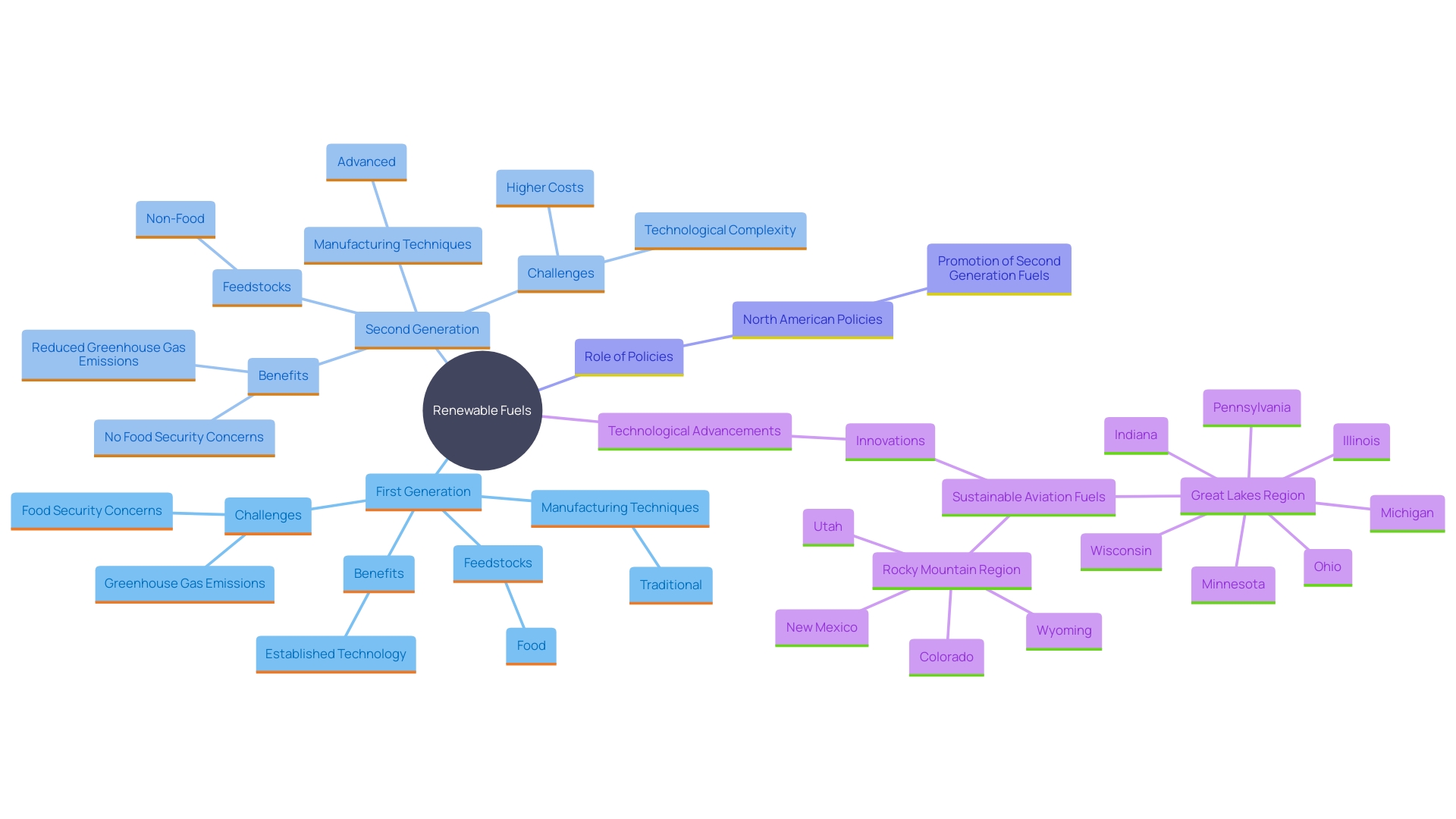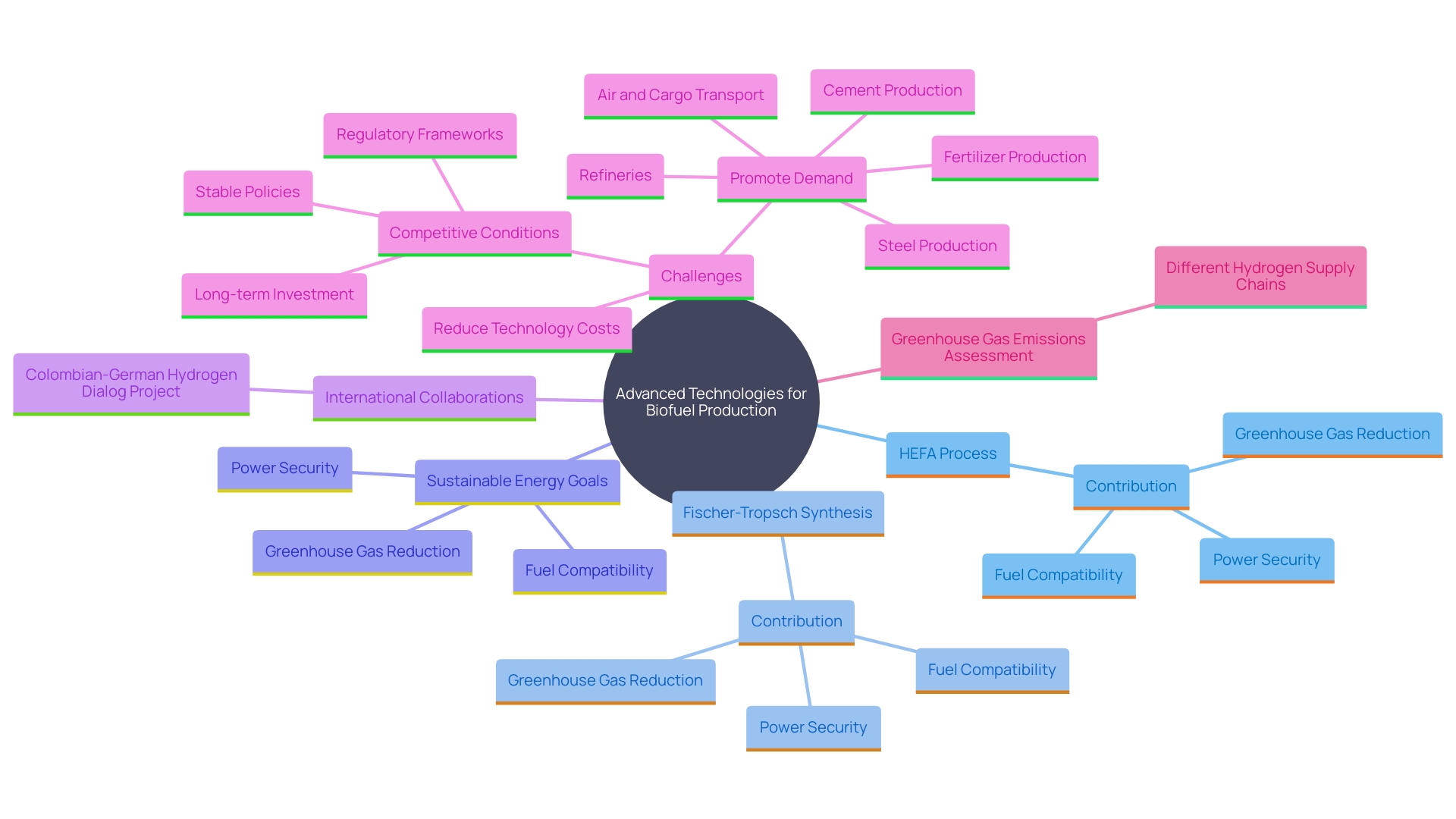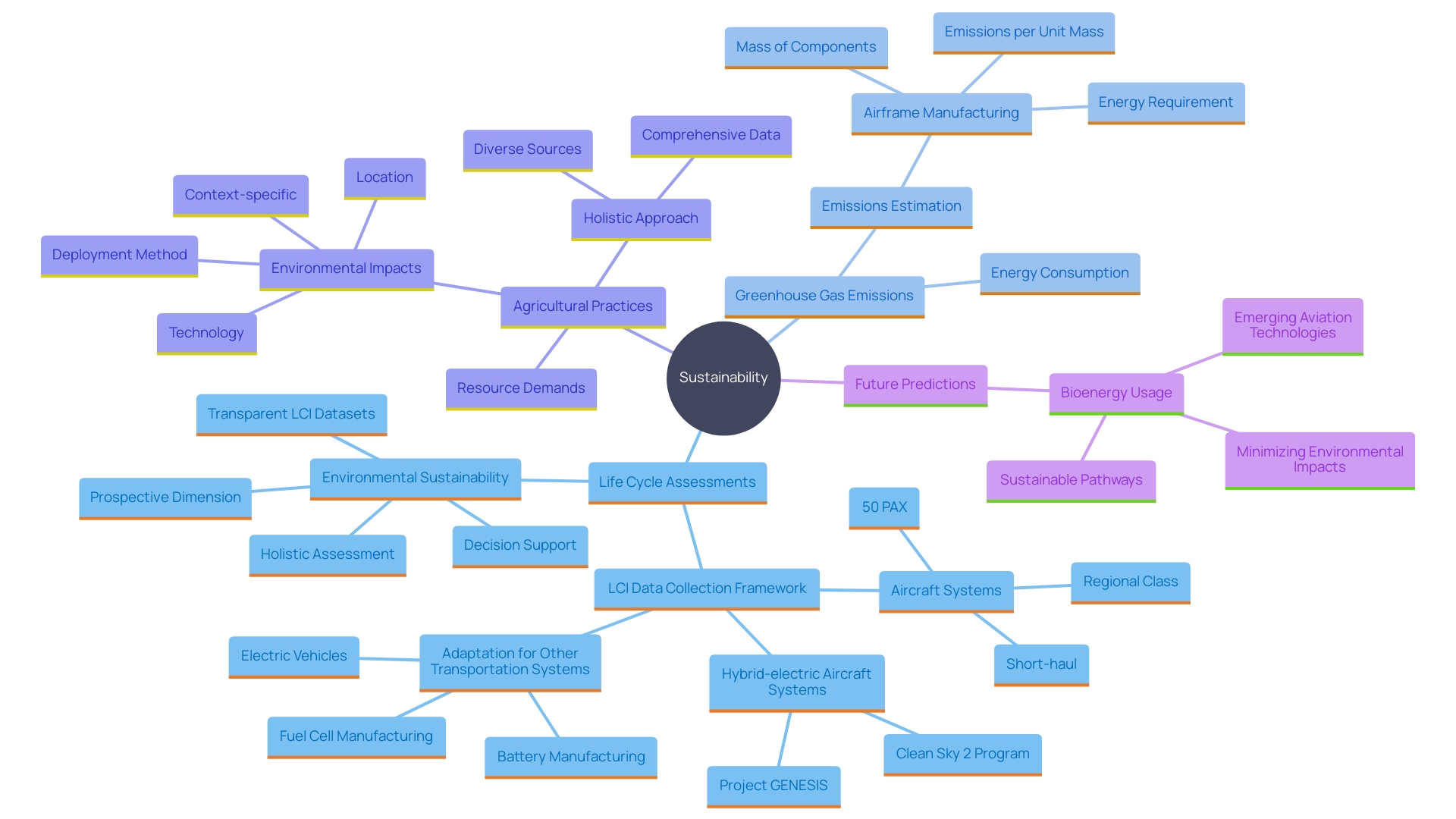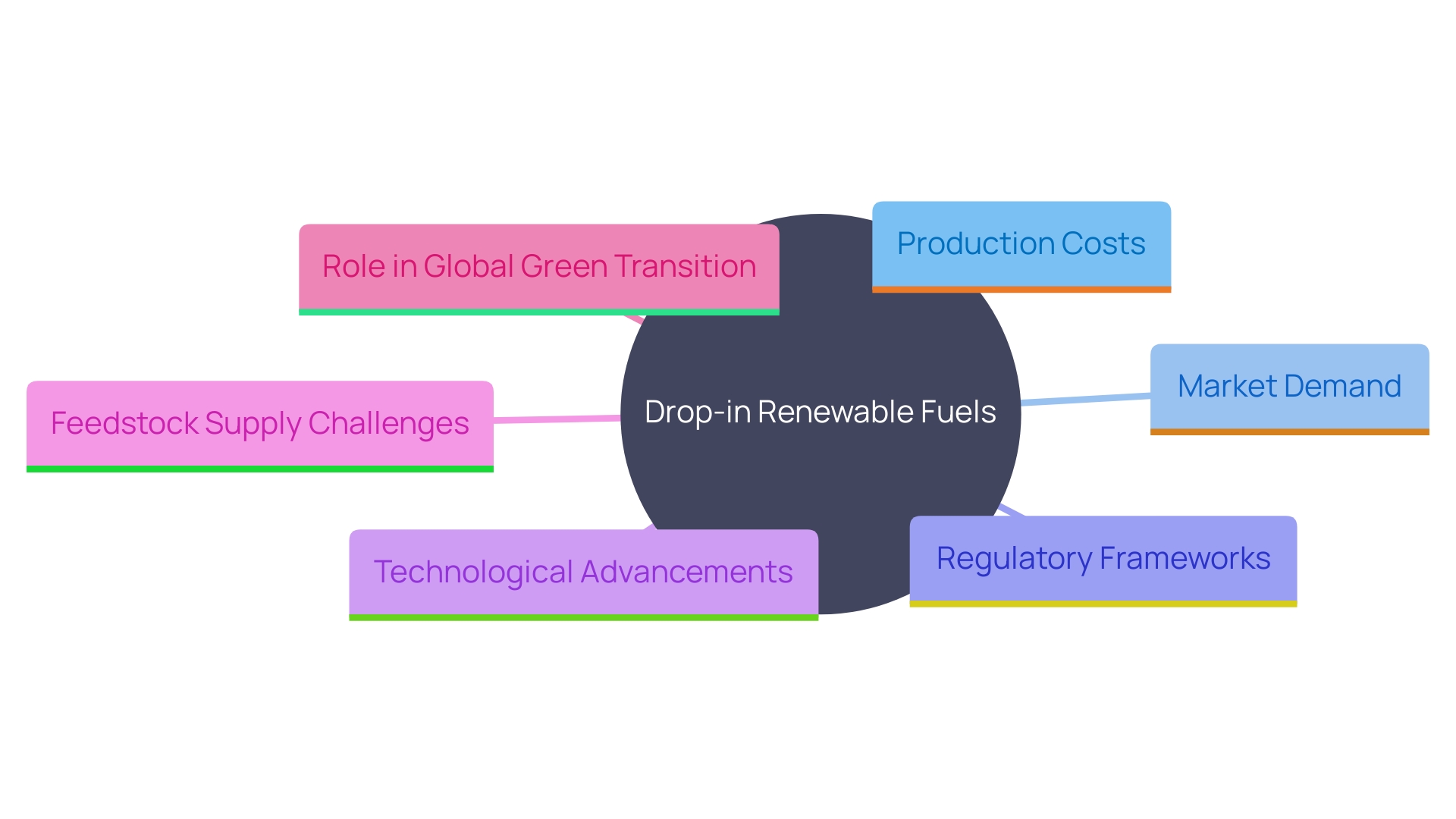Introduction
As the renewable fuels industry continues to evolve, the focus on drop-in biofuels has intensified, primarily due to their potential to seamlessly integrate with existing fuel infrastructure while reducing greenhouse gas emissions. This article delves into the various facets of drop-in biofuels, beginning with an exploration of their classification into first and second generations based on feedstocks and production methods. The discussion extends to the advanced technologies employed in their production, such as the Hydroprocessed Esters and Fatty Acids (HEFA) process and Fischer-Tropsch synthesis, highlighting their respective benefits and contributions to sustainability.
Further, the environmental impact of drop-in biofuels is scrutinized through life cycle assessments, emphasizing their role in mitigating climate change when produced from waste or non-food sources. The economic viability and scalability of these technologies are also examined, considering factors like production costs, market demand, and regulatory support, ultimately underscoring the crucial role of drop-in biofuels in the global transition to sustainable energy.
Types of Biofuels: Generations and Feedstocks
Drop-in renewable fuels are mainly categorized into first and second generations according to their feedstocks and manufacturing techniques. First-generation renewable fuels come from food plants such as corn, sugarcane, and vegetable oils, utilizing current farming methods and systems for creation and distribution. This category, while established, faces criticism for potentially competing with food resources, thus raising concerns over food security.
In contrast, second-generation renewable fuels utilize non-food feedstocks such as agricultural residues, forestry waste, and dedicated crops like corn stover and wheat straw. These renewable fuels are gaining momentum due to their sustainable nature, as they do not compete with food supply and help address the global challenge of greenhouse gas emissions. The North American administration, for example, has played a crucial role in advancing second-generation renewable fuels through monetary incentives and assistance, improving security of supply and decreasing dependence on fossil fuels.
Technological advancements in biofuel production and biomass conversion processes have made second-generation biofuels more efficient, cost-effective, and scalable. This efficiency, combined with a rising consumer preference for sustainable power, supports the market's growth. Notably, regions like North America are at the forefront of this development, driven by policies and corporate strategies favoring cleaner energy solutions. This shift is further supported by pilot and demonstration projects that showcase the viability of converting non-food biomass into alternative fuels, reinforcing the potential for broader adoption without exacerbating food security issues.

Technologies for Drop-In Biofuel Production
The production of drop-in biofuels leverages a variety of advanced technologies, each offering distinct benefits and applications. One prominent method is the Hydroprocessed Esters and Fatty Acids (HEFA) process, which efficiently converts lipids into jet fuel and diesel. This process is notable for its ability to produce high-quality fuels compatible with existing infrastructure, aiding the transition to sustainable power sources. Another key technology is Fischer-Tropsch synthesis, which transforms synthesis gas derived from biomass gasification into liquid hydrocarbons. This adaptable technology not only generates fuels but also aligns with the broader objectives of decreasing greenhouse gas emissions and improving power security. The integration of these technologies into the energy landscape is supported by significant industrial collaborations, such as the Colombian-German Hydrogen Dialog project, which underscores the importance of international partnerships in advancing renewable energy technologies.

Sustainability and Environmental Impact of Drop-In Biofuels
'The sustainability of drop-in renewable fuels is fundamentally determined by comprehensive life cycle assessments, which evaluate factors such as greenhouse gas emissions, land use changes, and resource consumption.'. For instance, data from the U.S. Environmental Protection Agency (EPA) indicate that the Midwest, a major agricultural region, emitted 315 million tons of carbon dioxide equivalent (MtCO2e) in 2020 due to agricultural activities, contributing significantly to regional emissions. However, when drop-in biofuels are produced from waste or non-food sources, they can drastically reduce carbon footprints compared to traditional fossil fuels.
Adopting eco-friendly agricultural methods in sourcing feedstocks further improves environmental advantages. Yet, careful management is crucial to prevent adverse effects like deforestation and biodiversity loss. The International Renewable Energy Agency (IRENA) predicts that bioenergy will account for more than 18% of the overall final energy usage by 2050, highlighting the significance of responsible bioenergy in global energy transitions. As Professor Roger Ruan observes, incorporating innovation and sustainable methods in biofuel creation is crucial for decreasing carbon emissions and fostering a circular economy.

Economic Viability and Scalability of Drop-In Biofuel Technologies
The economic feasibility of drop-in renewable fuels is influenced by production costs, market demand, and regulatory frameworks. Initial investments in advanced technologies can be high, but economies of scale and technological advancements are expected to drive costs down over time. North American administrations have offered monetary encouragement and assistance to advance sophisticated renewable fuels, improving resource security and decreasing greenhouse gas emissions. The commercialization of second-generation biofuels, utilizing agricultural residues, forestry residues, and energy crops, is making progress through pilot and demonstration projects.
Nevertheless, ensuring reliable feedstock supplies continues to be difficult because of geographic and seasonal fluctuations, along with competition from food cultivation. For instance, corn prices fluctuate significantly, affecting the profitability of corn ethanol production. Despite these challenges, the increasing global demand for eco-friendly fuels and supportive policies are making the scalability of drop-in biofuel technologies a viable pathway toward decarbonizing the transportation sector.
Furthermore, renewable fuels are expected to play a major role in the global green transition by powering and decarbonizing planes, ships, and industry. Innovations are leading to the production of biofuels from waste plant materials, making them more sustainable. The International Energy Agency projects a significant increase in biofuel use by the end of the decade, particularly those produced from waste, residues, and non-food crops.

Conclusion
The analysis of drop-in biofuels underscores their essential position in the renewable fuels landscape, particularly through the differentiation of first and second generations. While first-generation biofuels, sourced from food crops, pose risks to food security, second-generation biofuels leverage non-food feedstocks, presenting a more sustainable alternative. Technological advancements are crucial in enhancing the efficiency and scalability of these biofuels, making them increasingly viable in the market.
Innovative production methods, such as the Hydroprocessed Esters and Fatty Acids (HEFA) process and Fischer-Tropsch synthesis, are instrumental in generating high-quality fuels that align with existing infrastructure. These technologies benefit from industrial collaborations, highlighting the importance of partnerships in advancing renewable energy initiatives.
The sustainability of drop-in biofuels is supported by life cycle assessments that indicate significant reductions in greenhouse gas emissions, especially when produced from waste or non-food sources. Sustainable agricultural practices further amplify these advantages, although careful management is required to mitigate potential negative impacts on biodiversity.
While economic viability remains a challenge due to high initial production costs, ongoing technological improvements and supportive regulatory frameworks are expected to lower expenses over time. With rising global demand for sustainable fuels, drop-in biofuels are well-positioned to play a vital role in decarbonizing the transportation sector and facilitating the transition toward a sustainable energy future.




